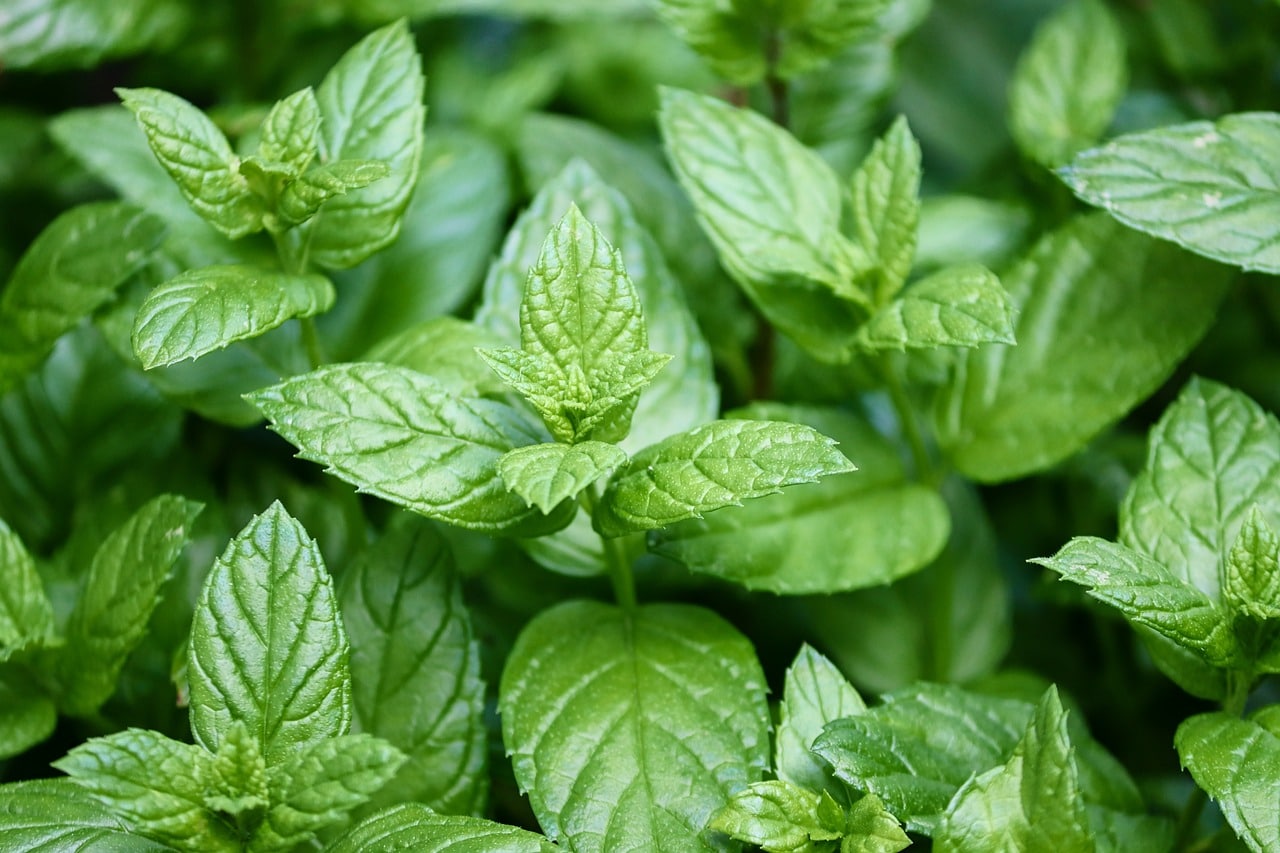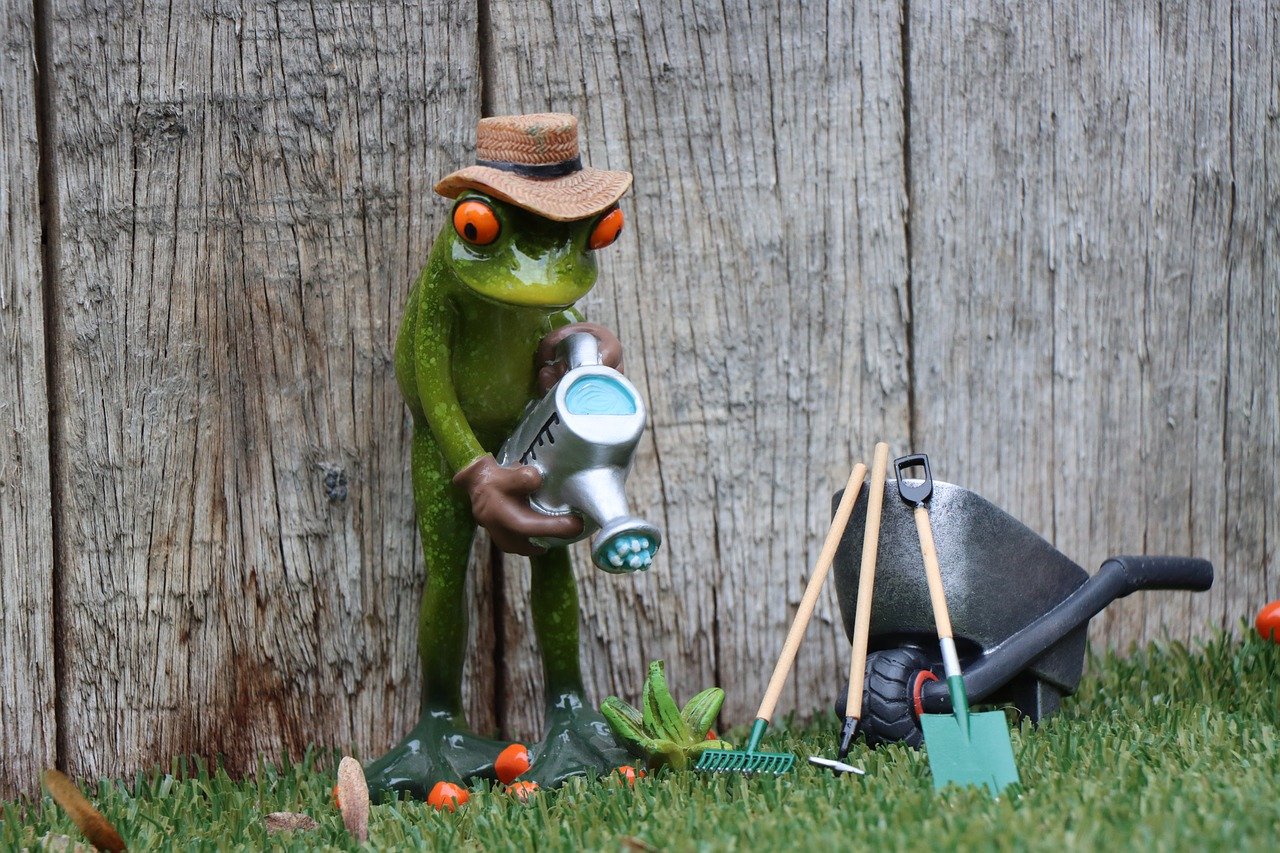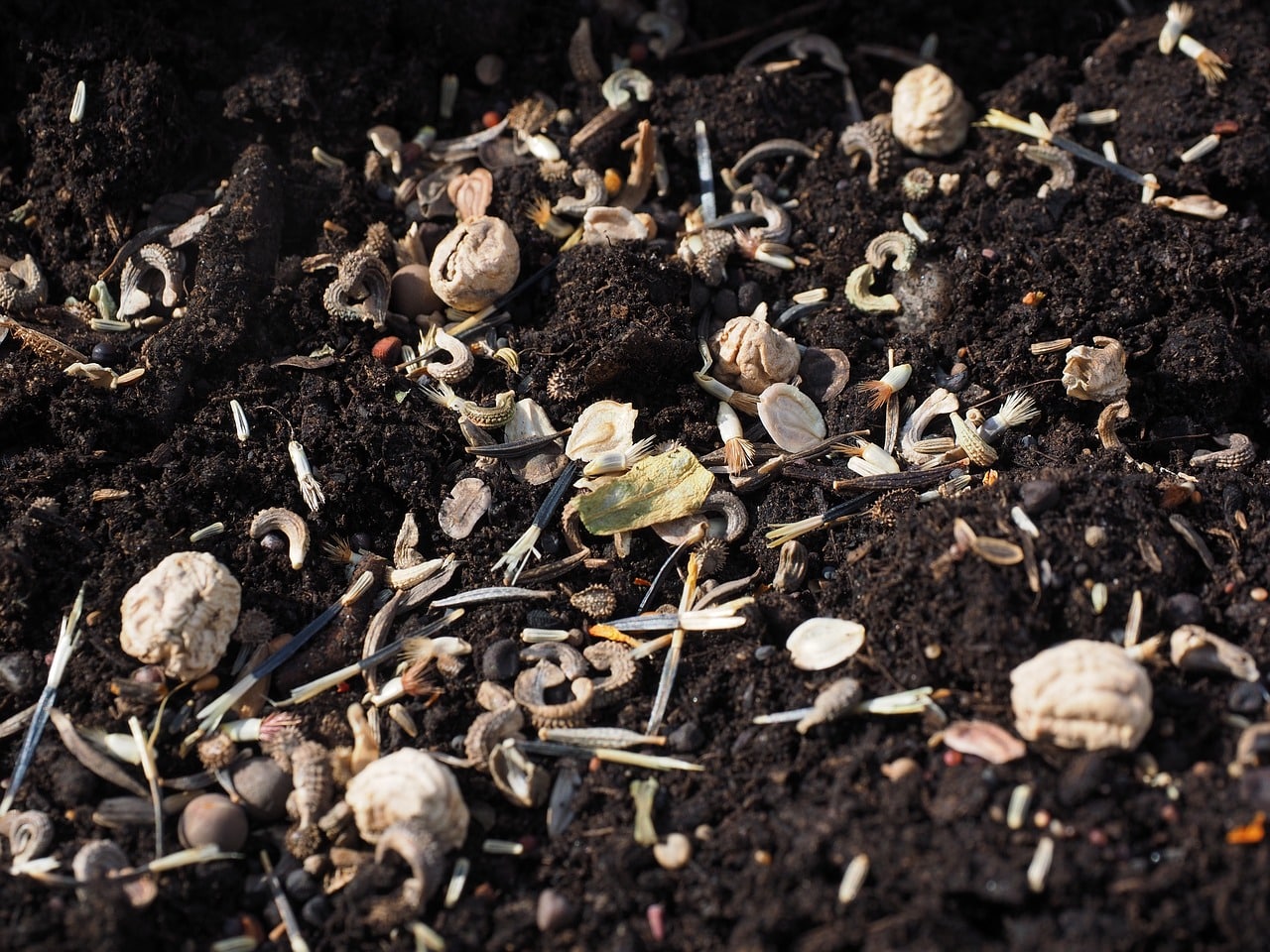The choice of seeds is essential for making seeded paper. Imagine creating your own seeded paper and, after months of waiting, nothing grows! It's a nightmare. That's why choosing seeds shouldn't be taken lightly. Whether you want to grow wild flowers, herbs or vegetables, each type of seed has its own particularities. In this article, we'll guide you through this delicate but exciting process. Get your gardening gloves ready and let's dive into the wonderful world of choosing seeds for your seeded paper.
Understanding the different types of seeds

Flower seeds
When it comes to choosing seeds for your seeded paper, flowers are often a popular choice. But not all flowers are equal when it comes to sowing. Annual flowers such as poppies and cosmos are perfect for a quick result. They germinate easily and offer an explosion of colour in just a few weeks. Perennials, like lavenders and daisies, take longer to grow but come back year after year. So think about your preferences: do you want a short-lived but spectacular garden, or a lasting beauty?
Wildflowers are also an excellent choice for seeded paper. They are generally hardy and low maintenance. Blueberries, poppies and zinnias are ideal options for those who want to add a touch of wilderness to their garden. These flowers also attract pollinators such as bees and butterflies, which is good for the local ecosystem.
Vegetable seeds
For food lovers, opting for vegetable seeds in your seeded paper can turn your garden into a real kitchen garden. Radishes, lettuces and carrots are fantastic choices as they germinate quickly and are easy to grow. However, don't forget to consider the space you have available. Squash and tomatoes, for example, require more space and care. Imagine the amazing radish bouquets or lettuce leaves that emerge from your seeded paper!
Leafy vegetables such as spinach and kale are also excellent options. They grow quickly and can be harvested several times during the season. If you like fresh salads, these vegetables are a must. In addition, root vegetables such as beetroot and turnips can add diversity to your seeded garden, offering a variety of textures and flavours.
Aromatic herb seeds
As well as being useful in the kitchen, aromatic herbs are perfect for seeded paper. Basil, coriander and parsley are popular choices. They germinate easily and add a tasty touch to your dishes. What's more, they generally require little care. If you have limited space or are new to gardening, herbs are an excellent option. Imagine, after using your seeded paper, harvesting fresh basil for your homemade pesto. It's possible with the right choice of seeds!
In addition, herbs such as thyme, rosemary and oregano are not only tasty, they are also hardy and can survive difficult growing conditions. These herbs can also have medicinal properties, adding another dimension to your garden. For example, peppermint can be used to make soothing tea, while rosemary can be used in infusions to relieve headaches.
Factors to consider when choosing seeds

Adaptability to the climate
One of the most important criteria when choosing seeds is their adaptability to the climate of your region. Some seeds are intrepid adventurers, ready to brave frost and wind, while others prefer the comfort of a mild, stable climate. For example, flower seeds such as marigolds and nasturtiums tolerate heat well, while pansies and violets prefer cooler climates. So find out about the climatic conditions in your region before making your choice.
If you live in a region where summers are particularly hot and dry, you may need to choose seeds from drought-resistant plants such as lavenders or cacti. Conversely, if you live in a region where it rains a lot, seeds from plants such as ferns or lilies may be more suitable. Knowing the climatic requirements of your seeds will help you maximise your chances of success.
Easy to germinate
The germination rate is crucial, especially if you're new to gardening. Some seeds are easier to germinate than others. Radish, lettuce and sunflower seeds are renowned for their high and rapid germination rates. Seeds such as lavender, on the other hand, can be temperamental and require more patience. If you want guaranteed success, start with seeds with a high germination rate. There's nothing more discouraging than sowing seeds and seeing no results!
Ease of germination also depends on how the seed is prepared. Some seeds may benefit from a period of stratification, where they are exposed to cold conditions to simulate winter before germinating. Others may require scarification, where the hard shell of the seed is lightly scratched to allow water to penetrate more easily. By taking the time to understand these specific needs, you can greatly increase your chances of success.
Maintenance requirements
The level of maintenance required for each type of seed can vary considerably. Some plants require constant care, such as regular watering and pest control, while others are more independent. Succulents, for example, require very little water and attention, making them ideal for people with little time to devote to gardening. Conversely, vegetables such as tomatoes and peppers may require more sustained attention. Assess your availability before choosing your seeds.
Low-maintenance plants also include certain herbs and perennials that, once established, require little intervention. Herbs such as sage and mint, for example, are quite hardy and can often thrive with minimal care. Plants native to your region can also be a good choice, as they are adapted to local conditions and require less care than exotic plants.
Practical advice for successful seeded paper

Mix of seeds
An excellent way of maximising the chances of success of your seeded paper is to mix different types of seed. For example, you can combine fast germinating flower seeds with slower germinating seeds. This way, even if some seeds take longer, you'll always have plants that grow quickly to keep your motivation intact. What's more, a mix of flowers and herbs can make for a colourful and useful garden.
To create a balanced mix, think about the size and needs of each plant. Low-growing flowers such as lilies of the valley can be mixed with taller flowers such as sunflowers to create an attractive layering in your garden. What's more, by adding herb seeds such as basil or parsley, you can create a space that's not only beautiful but also functional, providing fresh herbs for cooking.
Paper preparation
Preparing the seeded paper is a crucial step in ensuring the success of your planting. Make sure the paper is thick enough to hold the seeds but thin enough to allow water to penetrate easily. Use a mixture of recycled paper and paper pulp to create the ideal texture. Don't forget to add a light layer of potting soil between the layers of paper to improve germination. This little detail can make a big difference!
You can also add extra nutrients to the paper mix, such as compost or natural fertilisers, to give your seeds an extra boost. By experimenting with different materials and textures, you can find the perfect combination for your specific needs. For example, using recycled newspaper can be an economical and environmentally friendly option that works well for many seeds.
Planting and watering
Once you've chosen and prepared your seeds and paper, the next step is planting. Plant the seeded paper at an appropriate depth, usually around half a centimetre. Water regularly but not excessively to avoid drowning the seeds. Constant humidity is key to germination, especially in the first few weeks. If you see little shoots appearing, congratulations! You've successfully made and used seeded paper.
It's also important to protect your seedlings from the elements. If you live in a windy region, consider covering your seedlings with a cloche or garden tunnel to protect them. Similarly, if temperatures drop at night, covering your seedlings with a protective cloth can help to keep them warm. By paying attention to the specific needs of your seeds, you can maximise your chances of success and enjoy a beautiful flower garden or lush vegetable patch.
Choosing seeds for your seeded paper is an adventure in itself, full of discoveries and crucial decisions. By understanding the different types of seed, taking into account factors such as climate and ease of germination, and following a few practical tips, you'll be well on your way to success. Remember, gardening is also about patience and having fun. So have fun, experiment with different seeds and, above all, enjoy watching your creations blossom. Choosing seeds has never been so much fun!

